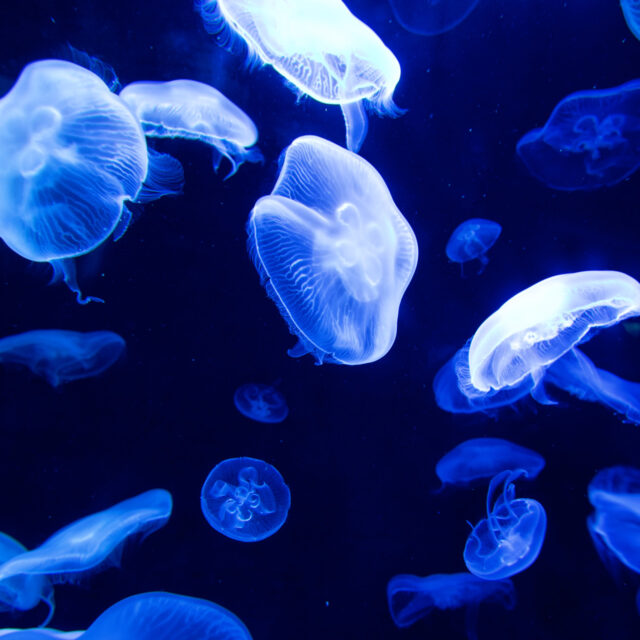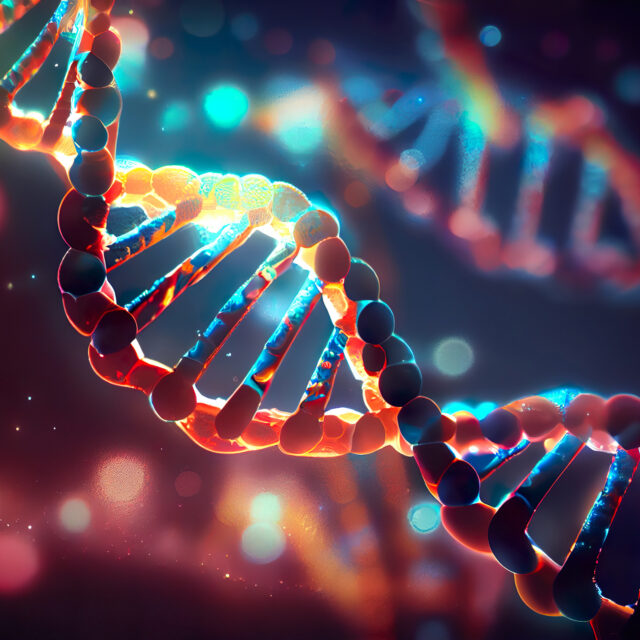Broader Impacts with MSU Museum
Overview
National Science Foundation (NSF) and other federal agency grants have the potential to advance knowledge and benefit society through broader impacts: “NSF funds scientists and engineers to perform research that advances discovery and innovation. The agency also expects researchers’ work to have broader impacts: the potential to benefit society and contribute to the achievement of specific, desired societal outcomes” (NSF, Broader Impacts)
The MSU Museum partners with faculty members applying for federal grants to develop broader impacts projects that make the outcomes of research available and accessible to wide audiences through the use and integration of Museum resources.
Broader Impacts are an important component of proposals. As one of the two merit criteria by which proposals are evaluated, the broader impacts section of your proposal requires close attention, proper planning, and creative thinking. Many faculty members leave their broader impacts planning until the end of the submission process, often resulting in a plan that seems “tacked on” or badly connected to the project. Good planning for broader impacts is an essential part of your grant application.
What Are Broader Impacts?
Evaluation Criteria
Broader Impacts are one of the two merit criteria by which proposals are evaluated. Applicants are required to include broader impacts in their research proposals. It is possible to meet this requirement in different ways, including:
- The research itself,
- Activities that are directly related to specific research projects, and
- Activities that are supported by but are complementary to the project.
(See the Proposal and Award Policies and Procedures Guide, Chapter II.D.2.d.i)
NSF’s “Broader Impacts criterion encompasses the potential to benefit society and contribute to the achievement of specific, desired societal outcomes” (Chapter III.A.2).
Working with the MSU Museum
Project Development Timeline and Services Menu
It is important to begin working on this part of your overall project early in the process. Start early as you begin planning to apply to NSF. The Museum is ready to work with you in each step along the way.
- Use the ARIS Broader Impacts Toolkit
- The ARIS Planning Checklist and BI Wizard walk you through creating your BI plan. Develop your plan using the tools and download your plan from the software.
MSU Partnership Timeline
At least 3-6 months before application submission date
- Reach out to the Broader Impacts Coordinator: Contact BI Coordinator
- Schedule a preliminary meeting with the Museum.
- Review project ideas and options with your team: Look online for inspiration. Consider what resources are available in your college and department, in addition to what you will apply for in the grant. What is your capacity for the work? What partners/collaborators need to be involved? What have you done in the past that connects to this work or provides something to build on (pilot studies, etc.)?
3 months before submission date
- Choose the option for your project: What type of project is best for your group and your interests?
- Finalize your option with the Museum.
- Begin working on a preliminary project budget with the Museum. Budget categories can include personnel and student labor costs, materials, equipment, fees, and other costs (as allowed by your grant).
1-2 months before submission date
- Complete BI project plan with the Museum. You will work as a team to create information for your narrative.
- Finalize BI project budget. You will work with the Museum to make sure everything is included in the budget.
2 weeks before submission
- Send your support letter to the Museum. Include the title of your project and the exact wording required by the grant. You will receive a PDF with this text signed by the Museum director to include with your application.
- Sign your “Memorandum of Understanding” (if required) and return to the Museum.
- Be mindful of MSU internal deadlines and personnel vacations when getting signatures and letters.
- Contact the Museum with any last-minute questions or concerns.
Post-Application
- Make sure the Museum has a final copy of the Broader Impacts section of your application and your final BI budget.
- If you are awarded, notify the Museum as soon as possible with your award information.
Broader Impacts Services
Support at MSU
Broader Impacts Stories
One of the most rewarding parts of working with faculty members on their Broader Impacts is seeing them connect with people in exciting ways. Together with faculty members, we are pushing the Broader Impacts boundaries to create valuable collaborative learning and development experiences for everyone involved. Read about some of these success stories below.
Featured Stories

Lai Lab
This project studied the structure-property relationships of a unique family of bi-functional (as either cathode or anode) sodium electrode materials, in order to shed light on the fundamental mechanisms that could lead to the discovery of new materials. A Science on a Sphere program was created.

